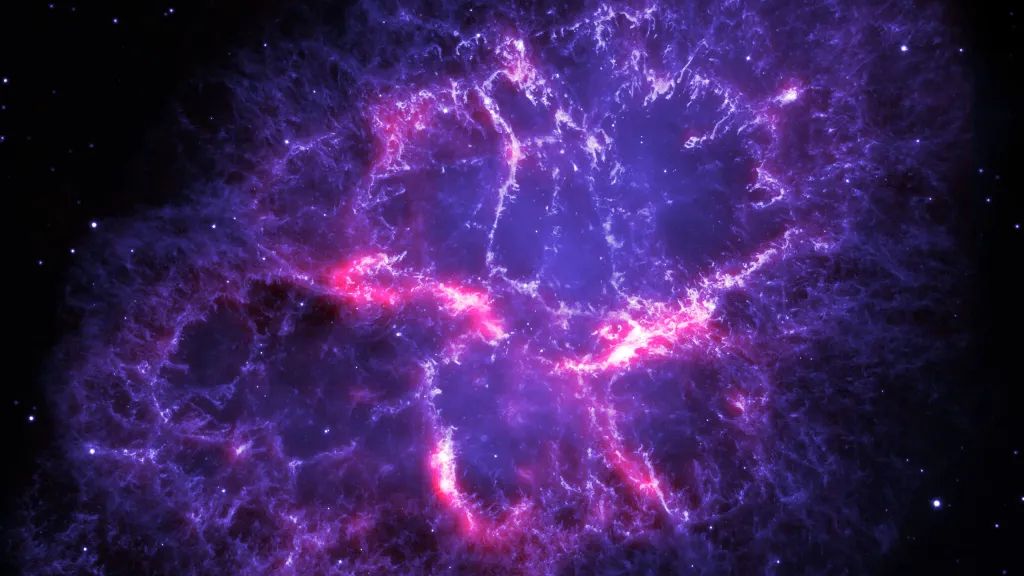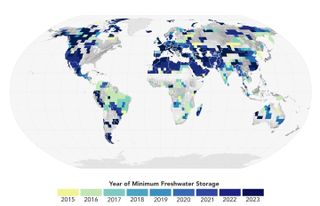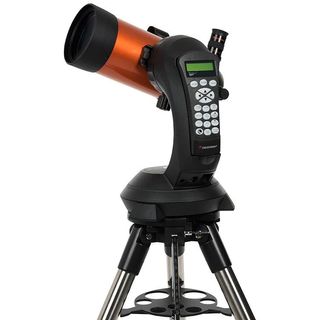Historical records from around the world describe a bright star appearing in the sky in the year 1054. Today, astronomers are confident that what our ancestors were seeing was, in truth, a star that had gone supernova. But this wasn’t just any supernova. It was a supernova that would eventually lead to the formation of the Crab Nebula — a collage of interstellar gas and dust illuminated by the energy expelled during the death throes of a rapidly contracting nuclear furnace.The star in question would eventually become a pulsar —…
Read MoreDay: November 25, 2024
NASA satellites reveal Earth’s continents are getting drier
The amount of freshwater found on our planet has dropped significantly in the last decade, NASA satellites have found. An international team of scientists reviewed observations taken by the Gravity Recovery and Climate Experiment (GRACE) satellites operated by NASA, the German Aerospace Center and the German Research Center for Geosciences. The data collected by GRACE revealed that beginning in May 2014, there was a plunge in Earth’s freshwater supply, and the planet has still not recovered. The researchers suggest that this evidence could also mean Earth is undergoing a drier…
Read MoreThe moon eclipses bright blue star Spica this week. Here’s how to see it
Earlier this month, the planet Saturn was eclipsed by the moon as seen from Central America, northwest portions of South America, as well as central and southern Florida. This event, known as an occultation (derived from the Latin word occultāre, which means “to conceal”, can be a startling spectacle, especially if it involves a bright star. But unlike a planet which can take up to a minute or two to be completely covered by the moon, a star, in contrast, appears to creep up to the moon’s limb, hangs on…
Read More

